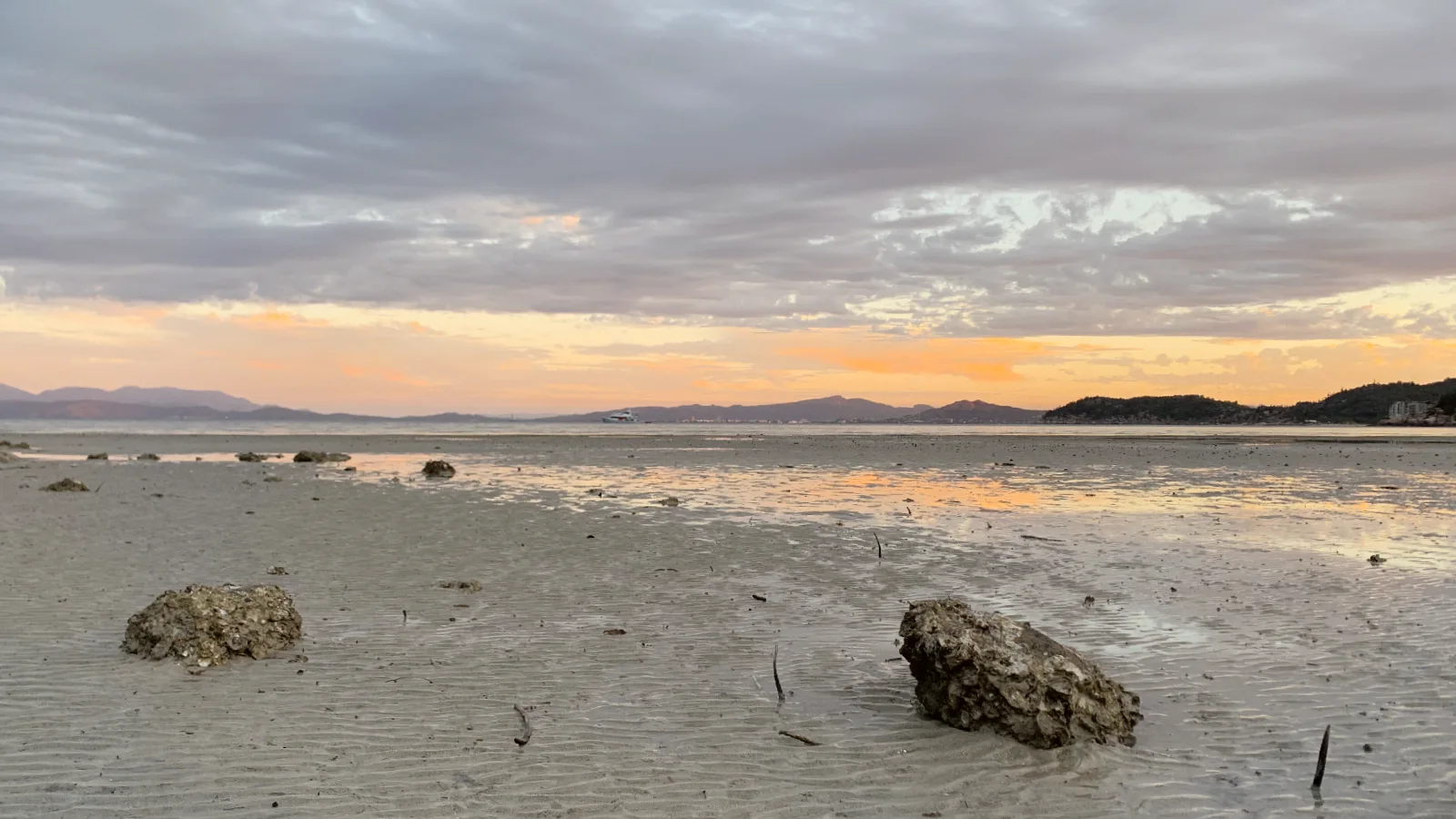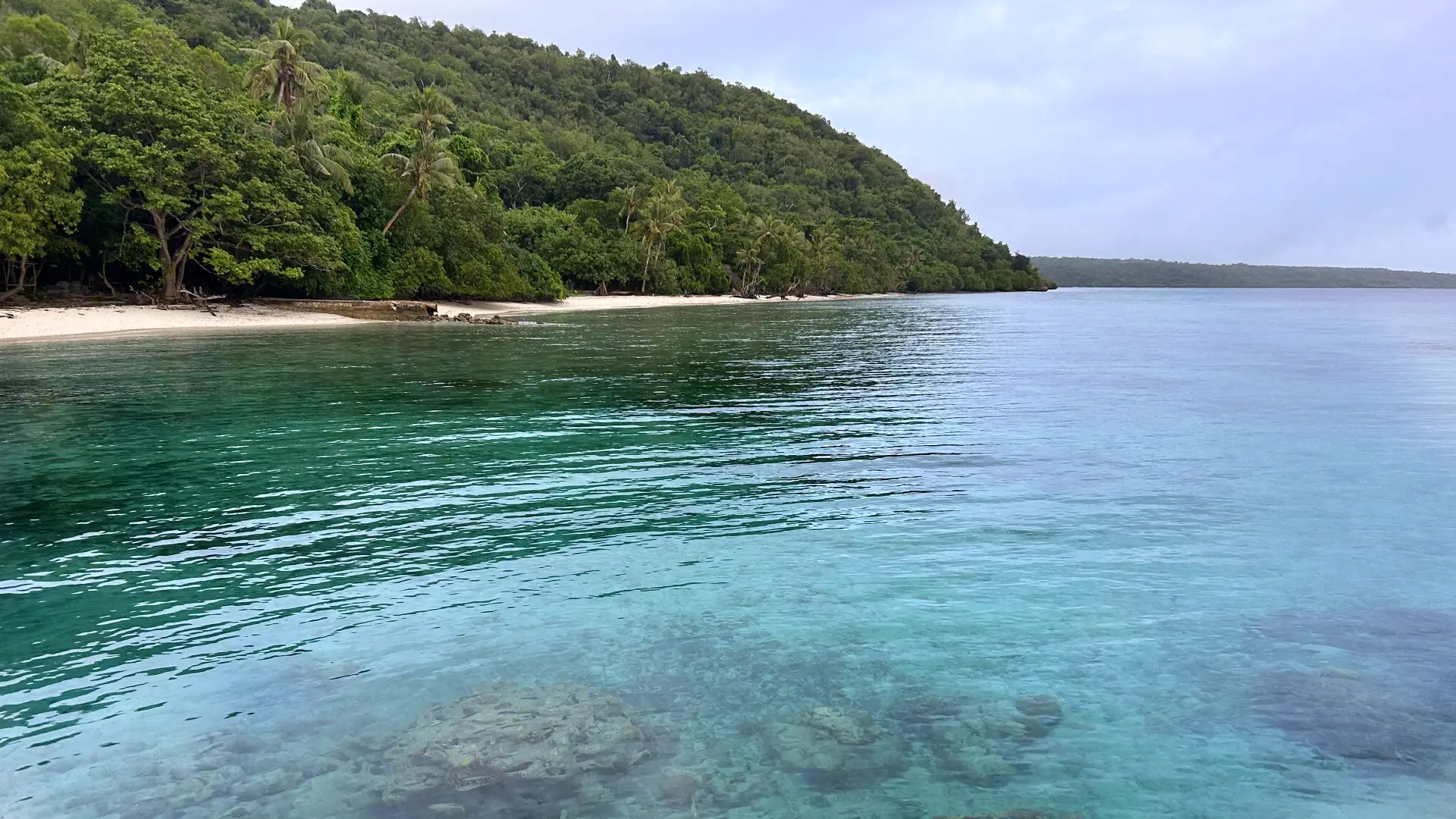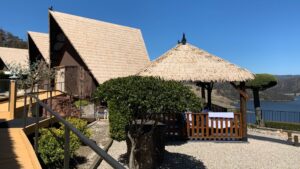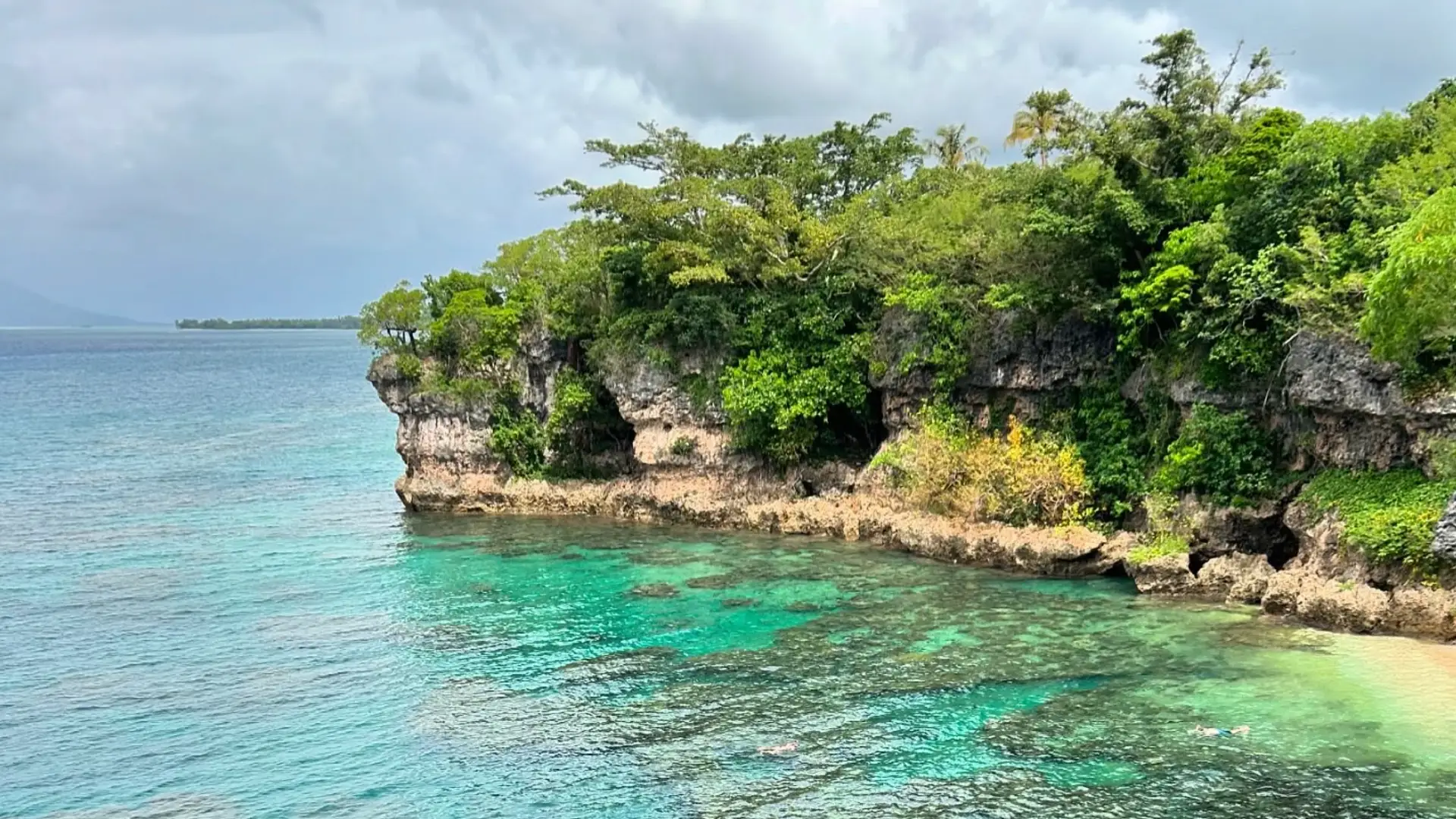A hidden gem just 20-minutes off the coast of Townsville, Magnetic Island luckily doesn’t see the same influx of tourists during peak times as other Queensland isles do. But, that doesn’t mean there isn’t a best time to visit.
If you’re looking for the best weather, go in late spring or early autumn for the perfect blend of warm weather, lower humidity and the least amount of rain.
We’ve been to the island in both peak summer and early winter. While we enjoyed both visits thoroughly, and probably just got unlucky with the weather during our June stay, we’d probably opt for a visit in early autumn next time as the water will still be warm from summer.
Weather
With more than 300 days with sun, Magnetic Island boats about being one of the sunniest places in coastal Queensland. However, this is Tropical North Queensland after all; during the summer months it does get quite humid.
However, compared to Cairns, which is just a few hours north by car, it gets almost half as much rain. So if you’re looking for a sun-soaked escape in TNG, Maggie is a great option. Statistically, the driest months are June to October, and the wettest being January to March.
Unfortunately during our June visit (which is meant to be the fourth-driest month of the year), we had quite a bit of rain. Hopefully it was just a few days of bad luck. It certainly didn’t stop us from making it to the beach for some snorkelling or enjoying a sunset kayak tour between showers. When we visited in February
| Month | Maximum Temperature (Celcius) | Minimum Temperature (Celcius) |
|---|---|---|
| January | 31.5 | 24.4 |
| February | 31.2 | 24.2 |
| March | 30.8 | 23.1 |
| April | 29.7 | 20.7 |
| May | 27.7 | 17.7 |
| June | 25.7 | 14.8 |
| July | 25.2 | 13.8 |
| August | 26.1 | 14.8 |
| September | 27.9 | 17.5 |
| October | 29.5 | 20.8 |
| November | 30.8 | 22.9 |
| December | 31.6 | 24.1 |

Weather in summer
✅ We’ve been to Magnetic Island during the summer.
Temperatures hit their peak during the summer months, from December to February. While they may only average out to about 31 degrees, it can get very humid making it feel much warmer.
As tempting as jumping into the sea to cool off may be, it’s also the middle of stinger season. So you’ll need to wear a stinger suit… or just stick to your hotel’s pool.
Weather in Autumn
✨ This is when we next want to visit Magnetic island.
From March to May, things may start to be cooling down on the island but they’re anything but cold. In fact, with the thermometer hitting the high 20s it’s when you’ll find perfect weather here. Plus, hovering between 23 and 27 degrees, the water hasn’t cooled down yet from the summer months. (Although it is actually quite warm all year round.)
Weather in Winter
✅ We’ve been to Magnetic Island during the winter.
While maximum temperatures are still in the mid-20s, the lows can be a bit chilly if you’re after a beach escape.
During our June visit, we drew the short straw and had days hovering only around the 20-degree mark. It was also quite wet. And while that’s unusual for that time of year (June to September are actually the driest months), it certainly put a damper on our holiday and any plans to visit again during winter.
But, there was one redeeming factor; the island was super quiet. It’s also outside of the stinger season so you don’t have to slip into those oh-so-flattering full-length suits every time you want to go for a snorkel. (And we’re the type of people who will snorkel at every possible opportunity.)
Weather in Spring
Similar to the autumn months, spring brings pleasant temperatures. The island is also a bit drier from September to November in comparison of March to May. But, the water is warming up rather than cooling down. Expect it to be between 22 and 25 degrees.

When to visit for specific things to do in Magnetic Island
Diving and snorkelling
You can dive on the Great Barrier Reef all year round, but December to February tends to have the best visibility and the warmest water. During these months, we can get away with just a stinger suit and not get too chilly underwater. (And we usually get quite cold!) While, yes, this does mean it’s stinger season, you’ll be fully covered up when wearing a suit. And they’re much easier to get on than a wetsuit. Trust us.
There are also some dive sites right offshore at Magnetic Island, sparing you the boat ride out to the reef. We did a June dive at Geoffrey Bay and it was just us and the guide, making it an incredible experience.
Hiking
The winter months (which are much like summer in southern parts of the country), will be the most comfortable for exploring the island. After all, 70% of it is classified as national park so you’ll want to make the most of it.
Temperatures from May to September average in the mid-20s and see less rainfall than the summer months. They’re less humid, too.
Wildlife
Luckily, wildlife on the island can be spotted year round. And, it’s pretty likely you’ll see some too! Along the beautiful Forts Walk, there’s local koalas that live quite low down in the trees. It’s a great chance to get up close (but not too close!) to these cuddly creatures which usually are quite high up in the canopy. Doing the walk in the morning will give you a higher chance of seeing koalas, and it will be cooler for you, too.
Over at Geoffrey Bay, just as the sunset is putting on a show over the water between Maggie and the mainland, adorable rock wallabies come out to play. They’re often fed carrots and apples by tourists, so they’re pretty accustomed to having people around and don’t shy away.





